How Does a Gate Valve Work?
A gate valve is a type of valve used to control the flow of fluid in a pipeline. It operates by raising or lowering a gate (a wedge-shaped or parallel disc) to either allow or block the flow of the fluid.
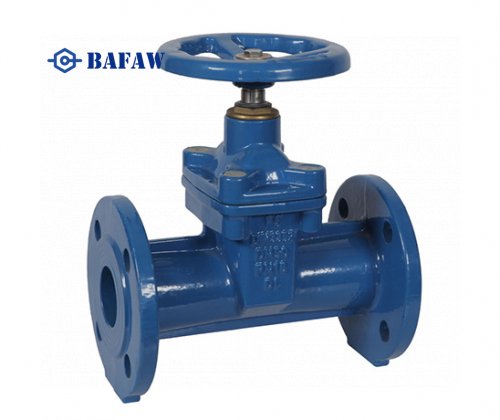








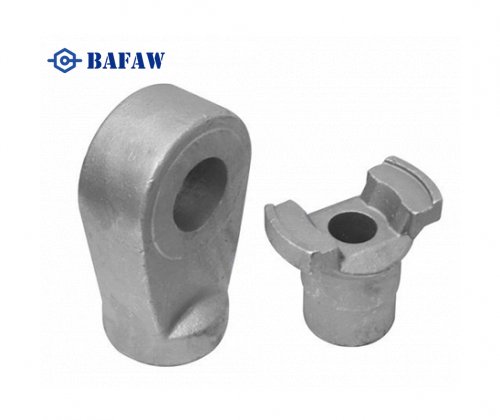
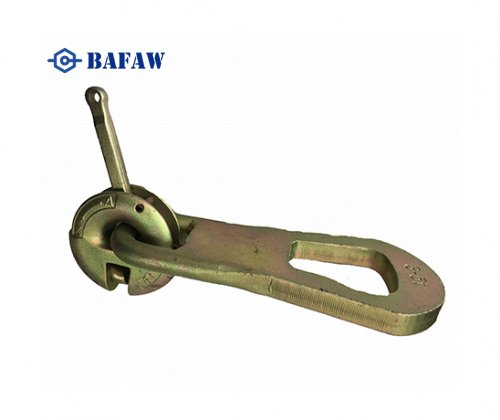
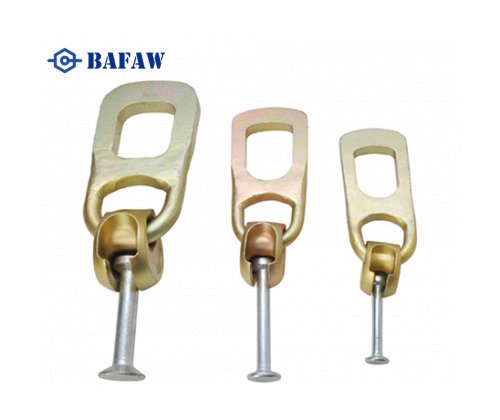

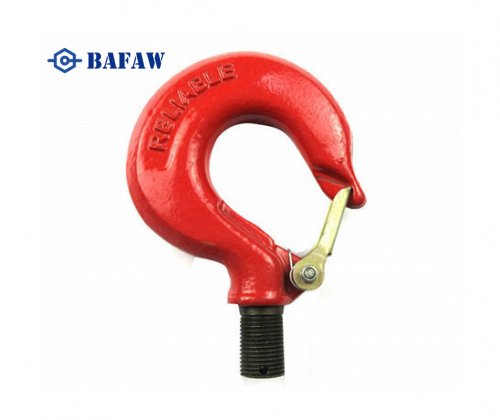
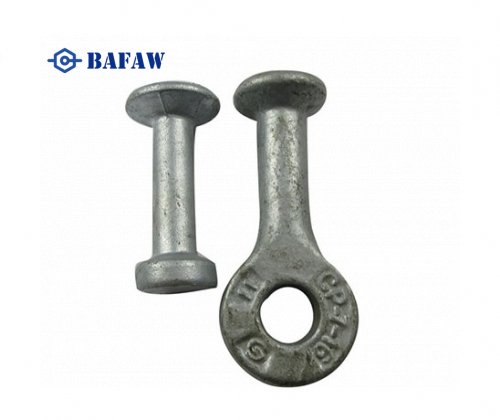
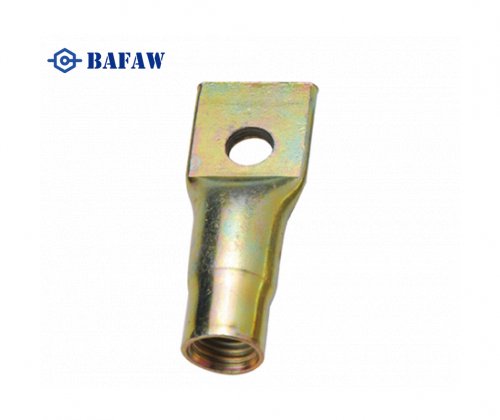
A gate valve is a type of valve used to control the flow of fluid in a pipeline. It operates by raising or lowering a gate (a wedge-shaped or parallel disc) to either allow or block the flow of the fluid.
Pneumatic is one of the common types of actuators. It is responsive and safe. Check out this post for detailed information about pneumatic actuation systems.
There are a variety of symbols that engineers and operators in the industry have to recognize and be aware of. These include industrial valve symbols. Knowing them enables a better understanding of the entire system and lays the foundation for proficient operation.
Both gate and globe valves are two of the most common valves used in the field of industrial piping systems. There are also many comparisons between these two types of valves. Both are members of the linear valve family, but with their different functions, they serve different applications. Understanding the differences between them will also help you choose the right valve.
Valves are important participating devices in industrial piping systems to control the flow of liquids and gases, which are mainly used to control the flow of liquids so that they are in a state of flow or stop the flow.
Understanding the difference between a tab butterfly valve and a butt-mounted butterfly valve
When selecting an actuator for a butt-clamp butterfly valve, you need to understand the characteristics of each type of actuator. Below is a detailed description of the advantages associated with manual, electric, pneumatic and hydraulic actuators: